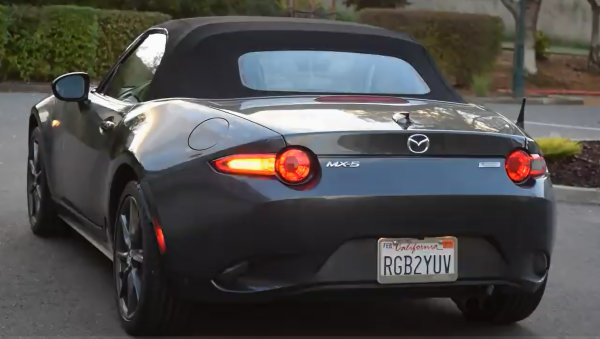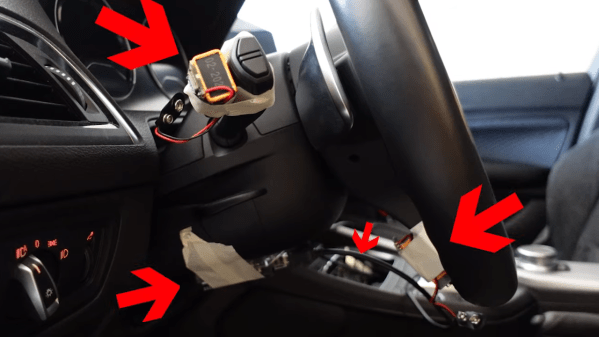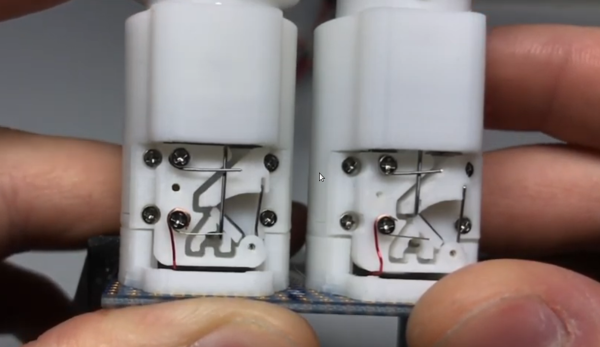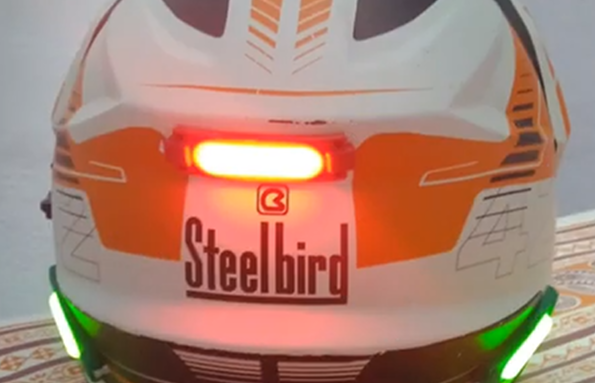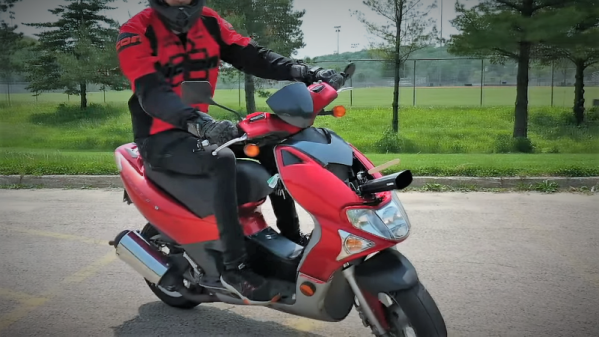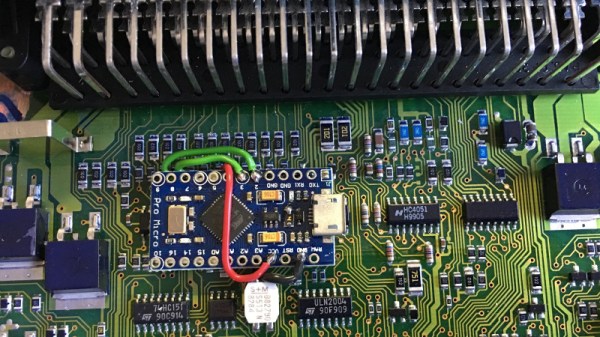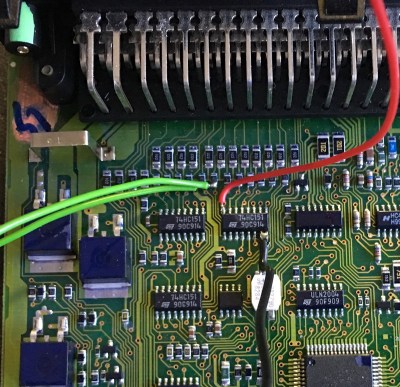Turn signals in most of the world are mandated to be a flashing orange light, distinct from other bulbs on a vehicle. However, there has been a trend in the modern era to go for fancier animated turn signals using great numbers of LEDs. [ssh16] decided to whip up a set of their own to suit their late-model Mazda MX-5.

While many builds go down the route of using addressable LEDs, [ssh16] instead went for garden variety OSRAM yellow LEDs in a 3×12 array, driven via a shift register. A small PIC microcontroller is then used to command the shift register to light the rows of LEDs in turn, generating the sequential lighting effect that sweeps from one side to the other. The LEDs are are installed on a 4″ board designed to install in place of the Mazda’s standard indicator bulb, with the animation spreading from the centerline of the vehicle out towards the direction of the turn.
It’s a fun build that modernizes the rear turn signals of the Mazda. We’ve seen some other neat turn signal builds before, too; it almost seems to be a trend amongst Mazda enthusiasts. Meanwhile, if you’ve built your own automotive lighting mods, don’t hesitate to send them in to the tipsline.

